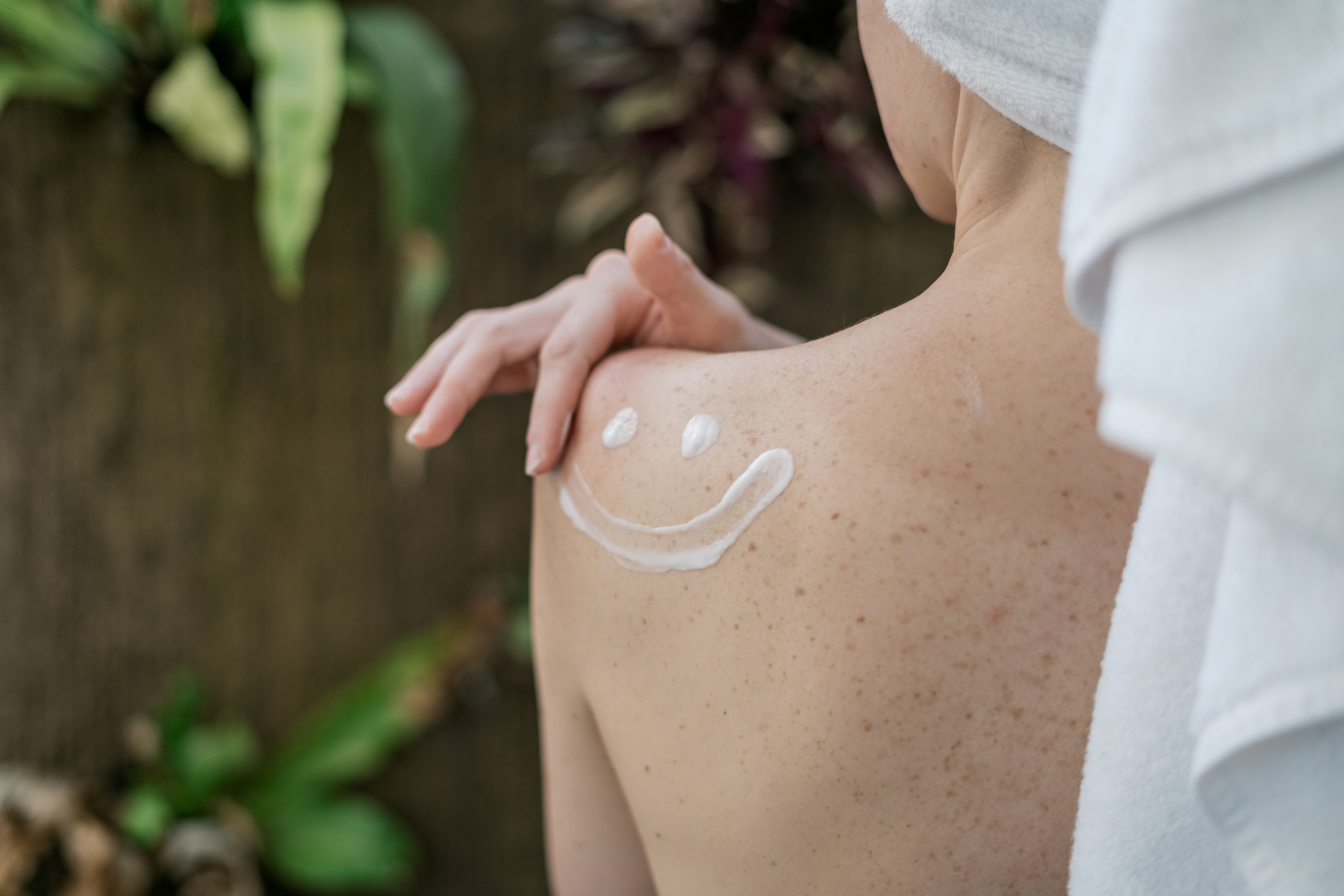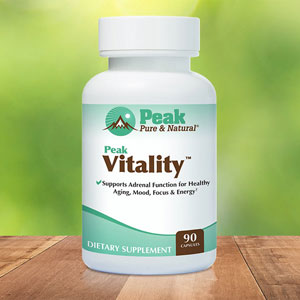Get Easy Health Digest™ in your inbox and don’t miss a thing when you subscribe today. Plus, get the free bonus report, Mother Nature’s Tips, Tricks and Remedies for Cholesterol, Blood Pressure & Blood Sugar as my way of saying welcome to the community!
3 simple ingredients to fade age spots and the ones to avoid

Years of exposure to the ultraviolet (UV) rays from the sun can leave dark spots on your skin, especially if you have a pale complexion.
They are often referred to as age spots, sun spots or liver spots. But their cause is the same: UV ray exposure speeds up the production of the natural pigment melanin, which increases the color of the skin. It’s also known as hyperpigmentation.
If you have age spots, it’s always a good idea to have your dermatologists examine them to be sure that is, in fact, all they are.
While age spots aren’t dangerous, some people would prefer not to have them, especially if they’re very noticeable.
Your dermatologist will undoubtedly have some suggestions, including microdermabrasion, freezing, chemical peels and laser therapy. But there are natural ways you can help fade them at home — no visit to the dermatologist necessary. There are also sensible, easy ways to prevent new age spots from forming.
On the downside, there are worrisome ingredients in some products marketed as “age spot correctors” you should be on the lookout for.
So let’s dive into the ins and outs of all things age spot-related…
Treating age spots with lightning creams
Skin-lightening products are a dime a dozen. And you can easily find them packed on the shelves of your local drugstore or online.
But not all of these creams and lotions are created equal.
Ingredients that actually work and that you want in a skin lightener include:
#1 – Tranexamic acid
InStyle Magazine calls tranexamic acid, “The latest hero acid to brighten and battle the toughest spots.”
Also known as TXA, this synthetic amino acid derived from lysine was initially used by doctors to slow blood loss. But in the process, they found that patients also experienced fading of dark spots.
This makes it the perfect choice for combating hyperpigmentation, fading age spots and brightening the skin.
#2 – Niacinamide
Niacinamide (a form of vitamin B3) is the precursor to two biochemical cofactors, NAD+/NADH and NADP+, that your skin cells use for regeneration. In fact, your cells must have these cofactors to repair damage, create new cells and even just function normally.
One study found that using a moisturizer containing 5% niacinamide for 12 weeks significantly improved hyperpigmented spots, fine lines, and wrinkles.
And a second study found that 44 percent of women using a 4% solution of niacinamide reported “good-to-excellent improvement” with fewer side effects than with hydroquinone (which is considered the “gold standard” treatment).
#3 – Kojic acid
Kojic acid is a byproduct of certain foods and drinks, such as Japanese sake, soy sauce and rice wine.
It works on your skin by blocking the formation of tyrosine, an amino acid that helps form melanin, which darkens your skin and forms age spots. Because of this, kojic acid can help to lighten your skin and fade those dark marks.
However, keep in mind that no matter which lightning cream or lotion you use, it will take time to work. To see maximum improvement, you will need to apply them regularly for weeks or even months.
It’s also important to note that most skin lighteners may irritate the skin, so if you experience redness, dryness or peeling, try applying only every other day and then working your way up.
Troublesome age spot ingredients to avoid
You should also beware of certain ingredients that could harm your skin and health.
Read the label and avoid any creams or lotions that contain:
- Mercury
- Mercuric
- Quicksilver
- Oxydum
- Rubrum
- Cinnabaris
- Calomel
- Hydrargyi
All of these can lead to liver and nerve damage. And the mercury hiding in each of these can destroy your heart — not precisely the safe, natural results you were looking for.
Age spot prevention
And always remember…
An ounce of prevention is worth a pound of cure.
To prevent new age spots from forming — and to decrease the kind of sun damage that can lead to skin cancer — sunscreen is your best friend!
Apply it when you wake up each morning, whether or not you plan to leave your house, and reapply as needed after sweating, swimming or other activities that can wash it (and its effectiveness) away.
You can also add age-spot protection by applying a vitamin C serum daily, using its antioxidant power to combat the free radicals that cause sun damage.
Editor’s note: Did you know that when you take your body from acid to alkaline you can boost your energy, lose weight, soothe digestion, avoid illness and achieve wellness? Click here to discover The Alkaline Secret to Ultimate Vitality and revive your life today!
Sources:
Tranexamic Acid Is the Newest “It” Acid—Here’s What You Should Know — Byrdie
How to Get Rid of Age Spots in 5 Easy Steps — InStyle
Here’s What Niacinamide Can—and Can’t—Do for Your Skin — SELF
Kojic acid: What you need to know — MedicalNewsToday
How to Fade Age Spots — WebMD














